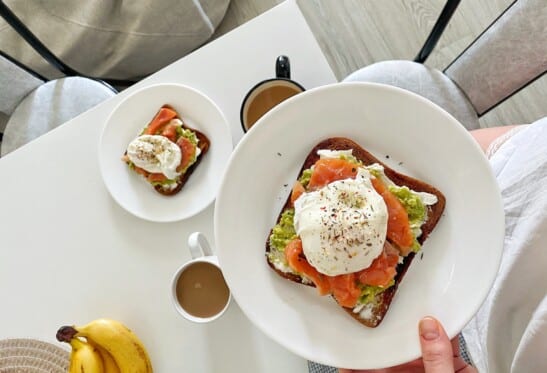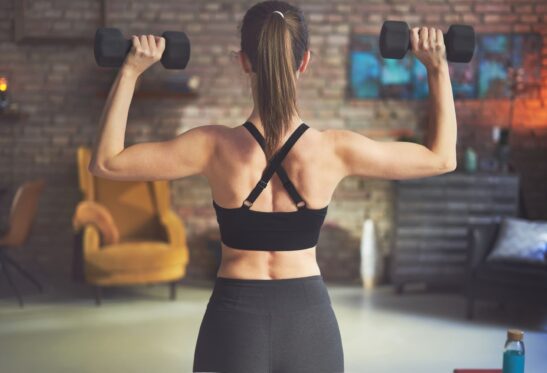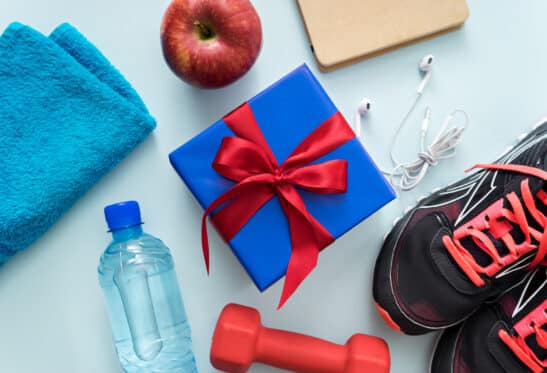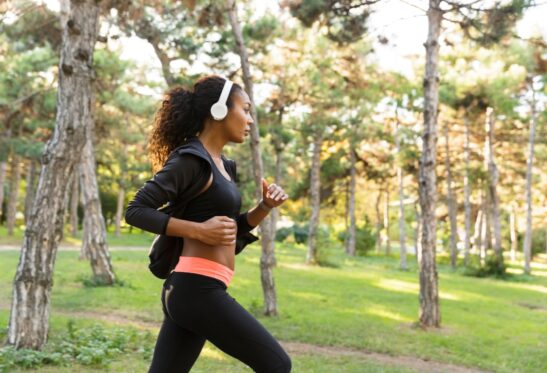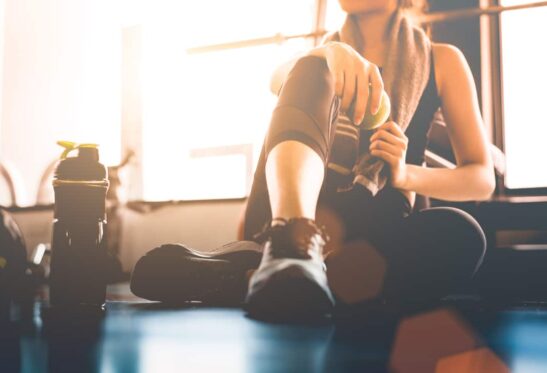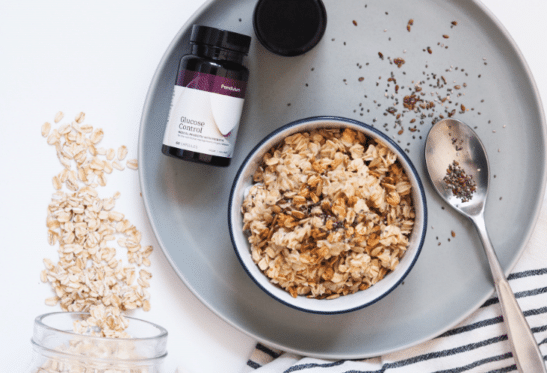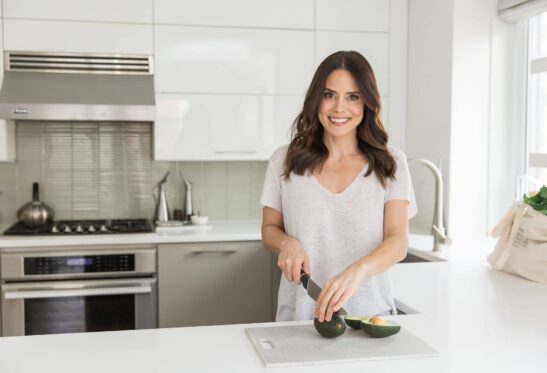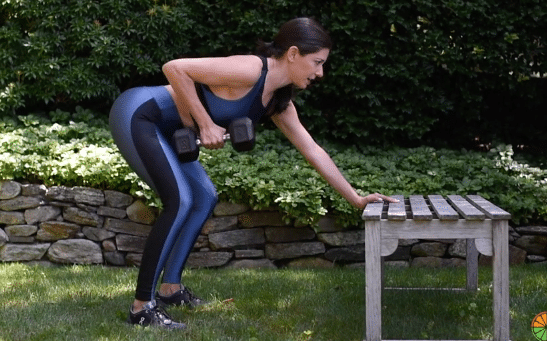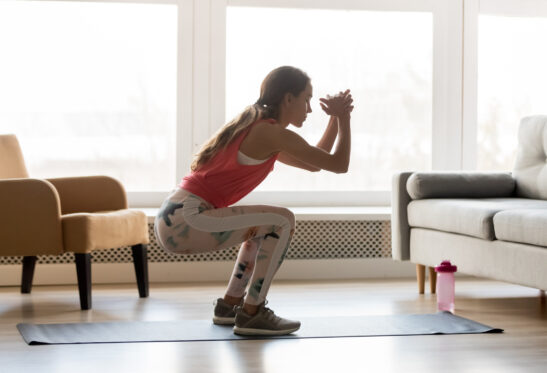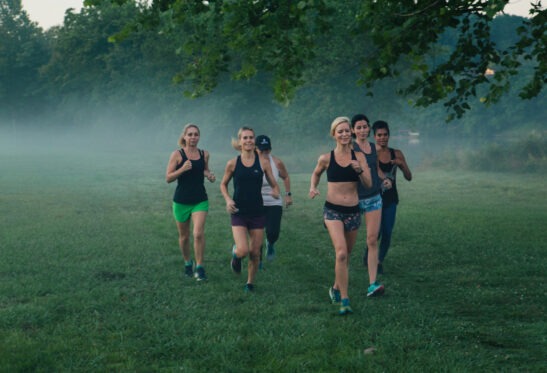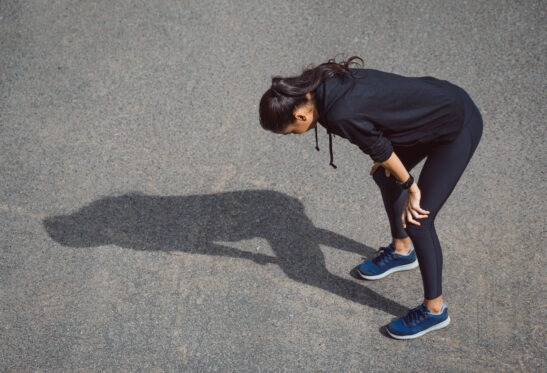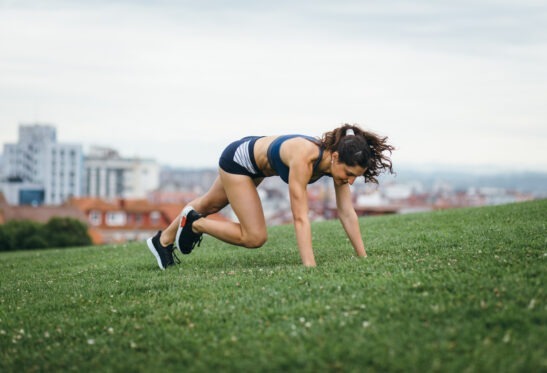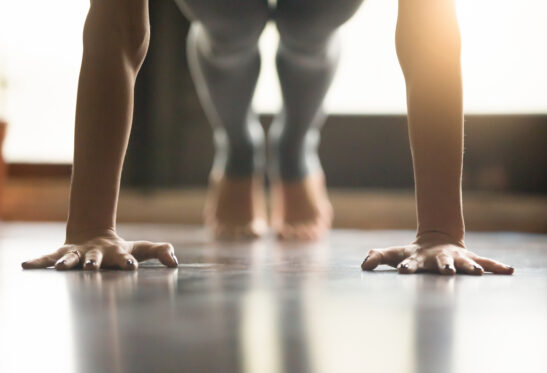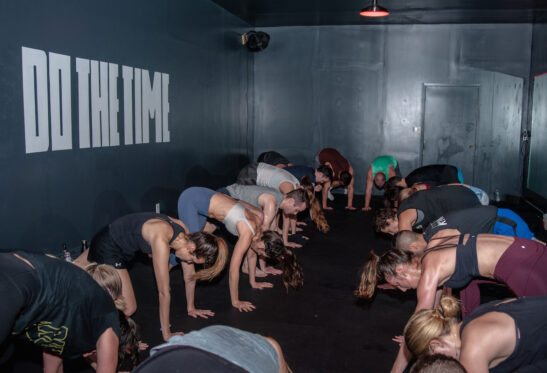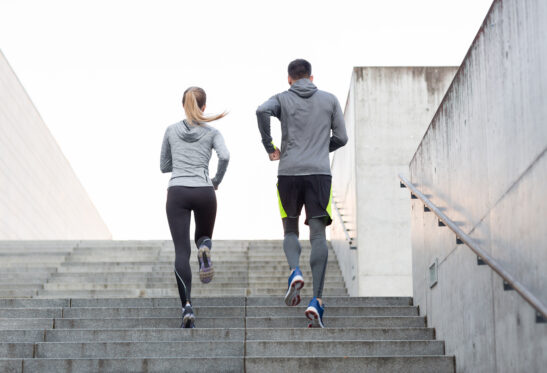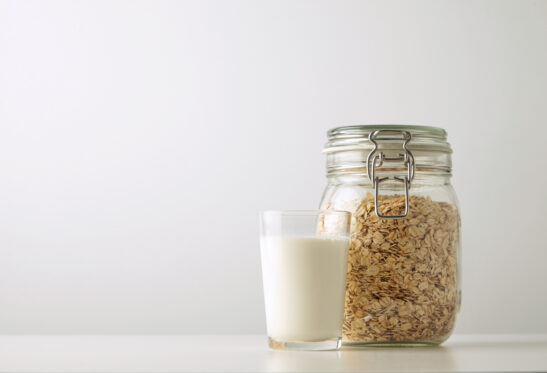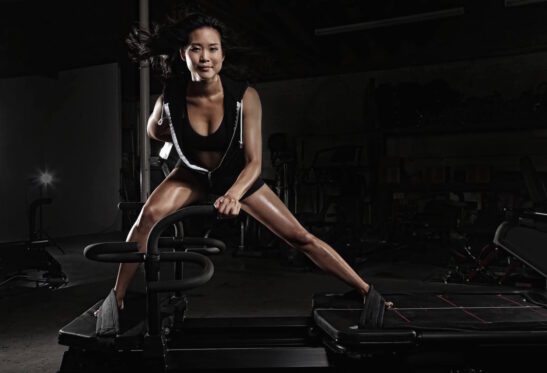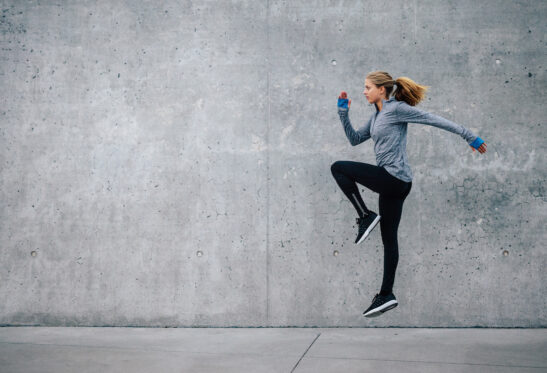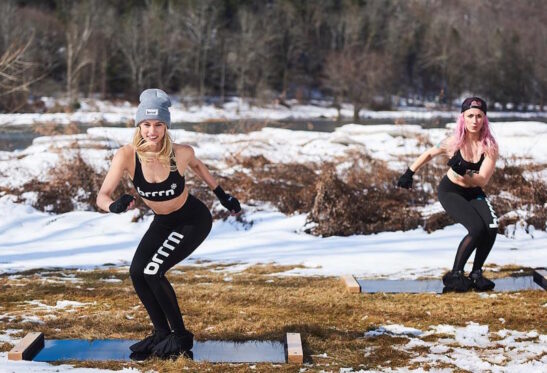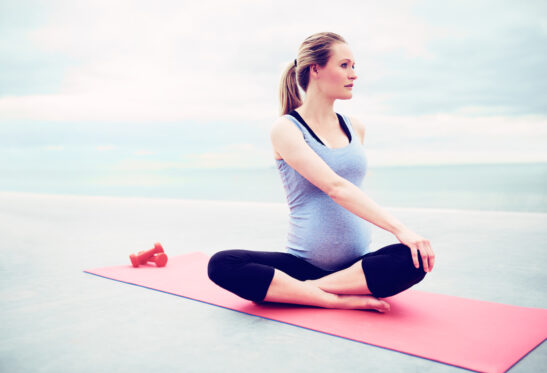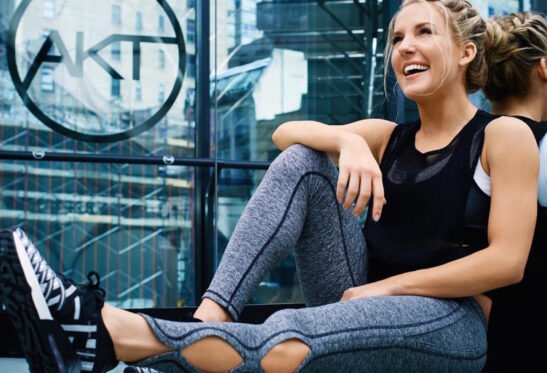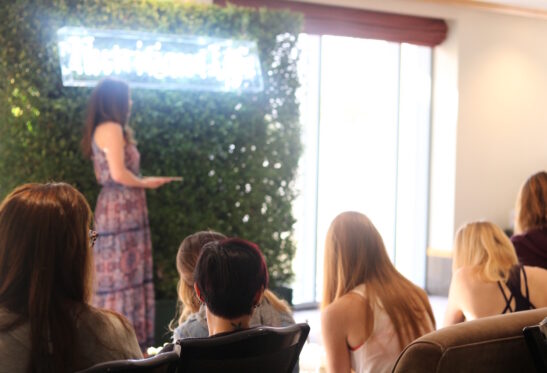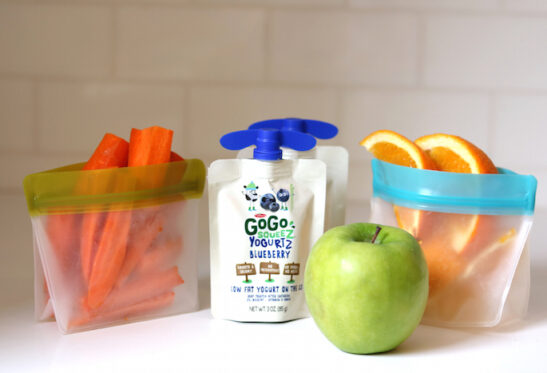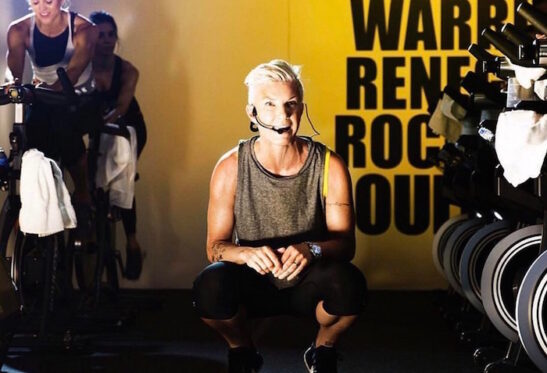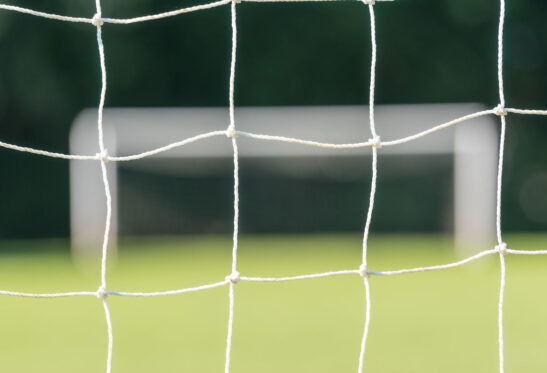 Strength training
Strength training  Sweat Often
Sweat Often  Workout Tips
Workout Tips
How to Do a Perfect Squat
Home » Sweat Often » How to Do a Perfect Squat
By Robin Barrie Kaiden, MS, RD, CDN, NLC
With years of experience as a fitness professional, I’ve learned the most from my mistakes (and injuries), and I cannot stress this enough: Proper form is imperative to meet goals and prevent injury while working out! You can read more about my story and approach, here.
Now, I hope you can learn from me, as I bring you video tutorials over the next few weeks teaching you how to execute proper form for the common exercises, like push-ups and squats. You can use your new skills to work out on your own at home or at the gym, or walk into a group workout class with body knowledge that will put you so far ahead.
The squat is a functional exercise: It is a motion we perform every day, multiple times a day, in our daily activities. We sit down and get up from our beds, chairs, desks, couches…and even the toilet (hey, you may even need to hold a squat, if it’s a public toilet).
By practicing proper squat form in a workout, then, you’re better equipped for daily movement, less likely to tweak muscles or suffer injuries from everyday activities, and more likely to maintain mobility later in life.
RELATED: Why the Difference Between Exercise and Movement Matters
The main muscles worked in the squat are the quadriceps, hamstrings, calves, adductors, and glutes. Your core helps to stabilize your body while you do this exercise, and the lower back muscles are engaged too.
Squats not only make your lower body muscles stronger, but they improve joint strength and mobility as well. When squatting, the hip, knee, and ankle joints are all engaged at the same time. Ready to do it right?
How to Do a Perfect Squat
When performing a squat, the goal is to get your legs parallel to the ground. I recommend using a box or bench to practice proper form. Here is how to get started:
- Stand with feet set apart, a bit wider than shoulder width.
- Keep your feet pointing straight forward, or slightly turned out.
- Engage those glutes (squeeze your tush!), and drive your heels into the ground.
- Make sure to track your knees over your feet, preventing them from going too far out or in.
- Keep your chest up tall and core engaged.
- Reach forward with your arms to help sit back into your hips.
- Slowly lower down and tap the bench, then come back up until you’re tall at the top, squeezing your glutes the whole time.
If this movement is too difficult, you can use a higher bench, box, or chair to decrease the range of motion. You can also try sitting to start the squat and lowering back down to a fully seated position, instead of just the tap. Once you master the form in the video, you can progress by adding weight (with a heavier ball, dumbbell, kettlebell, or barbell) and/or removing the bench/box.
More Perfect Form with Robin Barrie Kaiden:
How to Do a Push-Up
How to Do a Plank
Robin Barrie Kaiden, MS, RD, CDN, CSSD, Nutritious Life Certified, is renowned for helping people of all ages embrace a healthier lifestyle through nutrition and fitness counseling. As a licensed registered dietitian and personal trainer, her smart and sensible approach to pediatrics, weight loss, sports nutrition, allergies, cardiovascular health, pre/post natal, and other areas of clinical and lifestyle nutrition has resonated with hundreds of people across the United States. In addition to her private Manhattan and Westport, CT-based practice for adults, children, and families, she maintains a national presence as a blogger, columnist, guest speaker, and consultant. A recognized expert on healthy eating, Robin is a trusted resource for print, television, and online media. She appears regularly in various news, lifestyle, and entertainment stories for CBS, NBC, ABC, Fox News, Parenting, Golf Fitness, Vogue, People.com, Forbes.com, and other media outlets. Robin received her B.S. and M.S. degrees in Nutrition and Exercise Science from Cornell and Columbia Universities. For more information, visit www.robinbarrie.com.
The Nutritious Life Editors are a team of healthy lifestyle enthusiasts who not only subscribe to — and live! — the 8 Pillars of a Nutritious Life, but also have access to some of the savviest thought leaders in the health and wellness space — including our founder and resident dietitian, Keri Glassman. From the hottest trends in wellness to the latest medical science, we stay on top of it all in order to deliver the info YOU need to live your most nutritious life.
RECENT ARTICLES

Want a sneak peek inside the program?
Get FREE access to some of the core training materials that make up our signature program – Become a Nutrition Coach.
Get Access




























































































